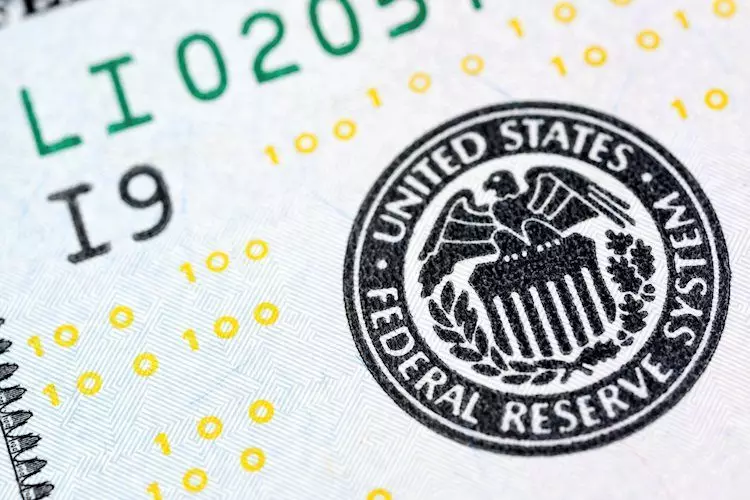Federal Reserve Governor Adriana Kugler’s recent statements highlight crucial considerations affecting monetary policy, particularly in relation to interest rates and inflation. His remarks have raised significant discussion regarding the balance policymakers must strike to foster economic growth while keeping inflation in check. This article delves into Kugler’s approach, addressing the challenges and considerations inherent in future rate adjustments.
Kugler’s emphasis on a data-dependent strategy reflects a fundamental principle of modern monetary policy—it must be rooted in economic realities rather than speculative predictions. His assertion that any potential rate cuts will hinge on inflation trends underscores the importance of ongoing economic analysis. With inflation continually being a primary concern for policymakers, the necessity to react accordingly is paramount. If positive data continue to emerge, there is a clear pathway for lowering rates to respond to economic conditions.
A significant part of Kugler’s commentary is his desire for a “balanced approach” to managing both inflation and employment. This balancing act is critical; reduced interest rates can stimulate job growth but may inadvertently push inflation further than the desired target of 2%. This indicates a cautious yet proactive approach to monetary policy. The impending risks from external factors—such as Hurricane Helene and geopolitical events—add complexity to Kugler’s strategy. He acknowledges that unexpected global circumstances could influence the U.S. economic landscape, making it even more essential to remain vigilant.
One of the most compelling aspects of Kugler’s remarks is the nuanced view of employment risks. If job market indicators begin to falter, he suggests that accelerating rate cuts might become necessary. This highlights a proactive method to preemptively address potential downturns in employment—a departure from reactive policies following negative data. The Fed’s role isn’t merely to respond to problems as they arise but to foresee challenges and act to mitigate them.
As of the latest updates, the U.S. Dollar Index reflects minor fluctuations, indicating some vulnerabilities in the dollar’s strength against other currencies, particularly against the Japanese Yen. The variations in exchange rates remind us that domestic economic policies are intricately linked with global markets. The way different currencies respond to the dollar can serve as an indicator of broader economic health and expectations.
Governor Kugler’s articulated stance on monetary policy encapsulates a need for adaptability amidst uncertainty. The emphasis on a balanced, data-responsive approach position the Federal Reserve as a critical agent in navigating the complex interplay of inflation, employment, and global economic influences. In an era characterized by volatility and unpredictability, the path forward requires careful assessment and a willingness to adjust policies to safeguard the economic well-being of the nation. The prospect of further rate cuts, although contingent on a plethora of factors, could provide necessary support to the economy—if executed thoughtfully.

